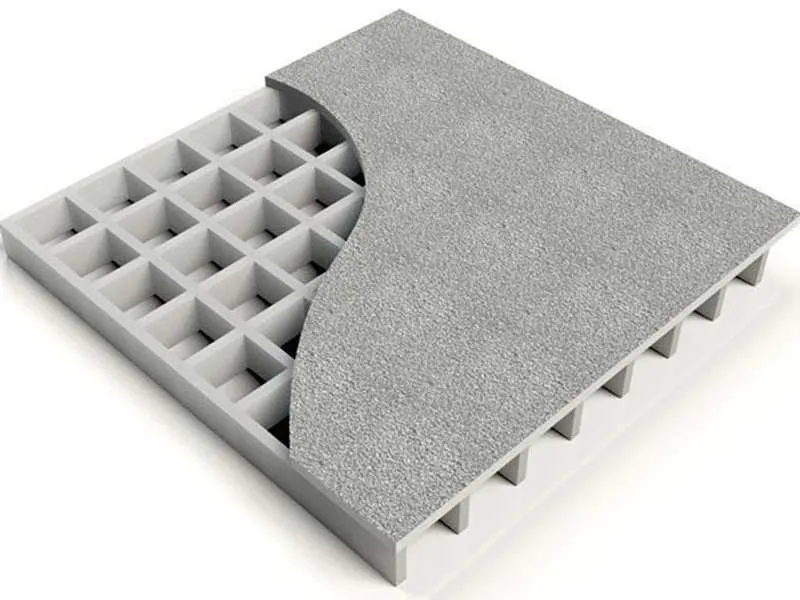
-
 Afrikaans
Afrikaans -
 Albanian
Albanian -
 Amharic
Amharic -
 Arabic
Arabic -
 Armenian
Armenian -
 Azerbaijani
Azerbaijani -
 Basque
Basque -
 Belarusian
Belarusian -
 Bengali
Bengali -
 Bosnian
Bosnian -
 Bulgarian
Bulgarian -
 Catalan
Catalan -
 Cebuano
Cebuano -
 China
China -
 China (Taiwan)
China (Taiwan) -
 Corsican
Corsican -
 Croatian
Croatian -
 Czech
Czech -
 Danish
Danish -
 Dutch
Dutch -
 English
English -
 Esperanto
Esperanto -
 Estonian
Estonian -
 Finnish
Finnish -
 French
French -
 Frisian
Frisian -
 Galician
Galician -
 Georgian
Georgian -
 German
German -
 Greek
Greek -
 Gujarati
Gujarati -
 Haitian Creole
Haitian Creole -
 hausa
hausa -
 hawaiian
hawaiian -
 Hebrew
Hebrew -
 Hindi
Hindi -
 Miao
Miao -
 Hungarian
Hungarian -
 Icelandic
Icelandic -
 igbo
igbo -
 Indonesian
Indonesian -
 irish
irish -
 Italian
Italian -
 Japanese
Japanese -
 Javanese
Javanese -
 Kannada
Kannada -
 kazakh
kazakh -
 Khmer
Khmer -
 Rwandese
Rwandese -
 Korean
Korean -
 Kurdish
Kurdish -
 Kyrgyz
Kyrgyz -
 Lao
Lao -
 Latin
Latin -
 Latvian
Latvian -
 Lithuanian
Lithuanian -
 Luxembourgish
Luxembourgish -
 Macedonian
Macedonian -
 Malgashi
Malgashi -
 Malay
Malay -
 Malayalam
Malayalam -
 Maltese
Maltese -
 Maori
Maori -
 Marathi
Marathi -
 Mongolian
Mongolian -
 Myanmar
Myanmar -
 Nepali
Nepali -
 Norwegian
Norwegian -
 Norwegian
Norwegian -
 Occitan
Occitan -
 Pashto
Pashto -
 Persian
Persian -
 Polish
Polish -
 Portuguese
Portuguese -
 Punjabi
Punjabi -
 Romanian
Romanian -
 Russian
Russian -
 Samoan
Samoan -
 Scottish Gaelic
Scottish Gaelic -
 Serbian
Serbian -
 Sesotho
Sesotho -
 Shona
Shona -
 Sindhi
Sindhi -
 Sinhala
Sinhala -
 Slovak
Slovak -
 Slovenian
Slovenian -
 Somali
Somali -
 Spanish
Spanish -
 Sundanese
Sundanese -
 Swahili
Swahili -
 Swedish
Swedish -
 Tagalog
Tagalog -
 Tajik
Tajik -
 Tamil
Tamil -
 Tatar
Tatar -
 Telugu
Telugu -
 Thai
Thai -
 Turkish
Turkish -
 Turkmen
Turkmen -
 Ukrainian
Ukrainian -
 Urdu
Urdu -
 Uighur
Uighur -
 Uzbek
Uzbek -
 Vietnamese
Vietnamese -
 Welsh
Welsh -
 Bantu
Bantu -
 Yiddish
Yiddish -
 Yoruba
Yoruba -
 Zulu
Zulu
frp flange
Understanding FRP Flanges An Overview
Fiberglass-Reinforced Plastic (FRP) flanges are increasingly becoming a popular choice in various industrial applications, particularly where corrosion resistance and lightweight characteristics are paramount. With the rise in the construction of chemical plants, water treatment facilities, and general industrial applications, understanding FRP flanges has become essential for engineers and procurement specialists alike.
FRP is a composite material made of a polymer matrix reinforced with fibers, typically glass fibers. This combination results in a robust material that offers significant advantages over traditional materials such as metal and wood. In particular, FRP flanges exhibit excellent resistance to corrosion, chemical exposure, and UV degradation, making them ideal for harsh environments.
Understanding FRP Flanges An Overview
Another critical advantage of FRP flanges is their impressive resistance to corrosion. Many industrial applications involve exposure to corrosive substances, which can lead to premature failure of traditional flanges. FRP flanges, on the other hand, resist the deteriorative effects of chemicals, making them a more durable choice. For facilities that operate in corrosive environments, such as wastewater treatment plants and chemical processing facilities, the long-term cost benefit of using FRP is significant. This resistance extends the lifespan of the flanges and reduces the frequency of replacements, thereby minimizing downtime and maintenance costs.
frp flange

Additionally, FRP flanges demonstrate effective thermal insulation properties. Unlike metal, which can conduct heat and lead to energy losses, FRP provides a thermal barrier. This feature can be particularly advantageous in applications involving temperature fluctuations, helping to maintain system efficiency and effectiveness in operations.
However, it is essential to note that while FRP flanges have many advantages, they also come with certain limitations. For example, they are not as strong as metal flanges when it comes to high-pressure applications. Engineers must carefully evaluate the specific requirements of their projects to determine if FRP is suitable, taking into consideration factors such as the pressure and temperature of the system.
In terms of installation, the process for FRP flanges is somewhat different from traditional metal flanges. FRP flanges must be aligned correctly to prevent stress concentrations that could lead to failure. Moreover, the use of proper sealing materials and jointing techniques is essential to ensure leak-proof connections.
In conclusion, FRP flanges present a compelling alternative to traditional materials in various applications. Their lightweight, corrosion-resistant properties and thermal insulation capabilities make them particularly suitable for industries grappling with harsh environments. However, careful consideration must be given to the specific requirements of each situation, ensuring that the choice of material aligns with operational needs and safety standards. As industries continue to evolve and demand materials that can withstand challenging conditions, the adoption of FRP flanges is likely to grow, reinforcing the importance of understanding their properties and applications.









